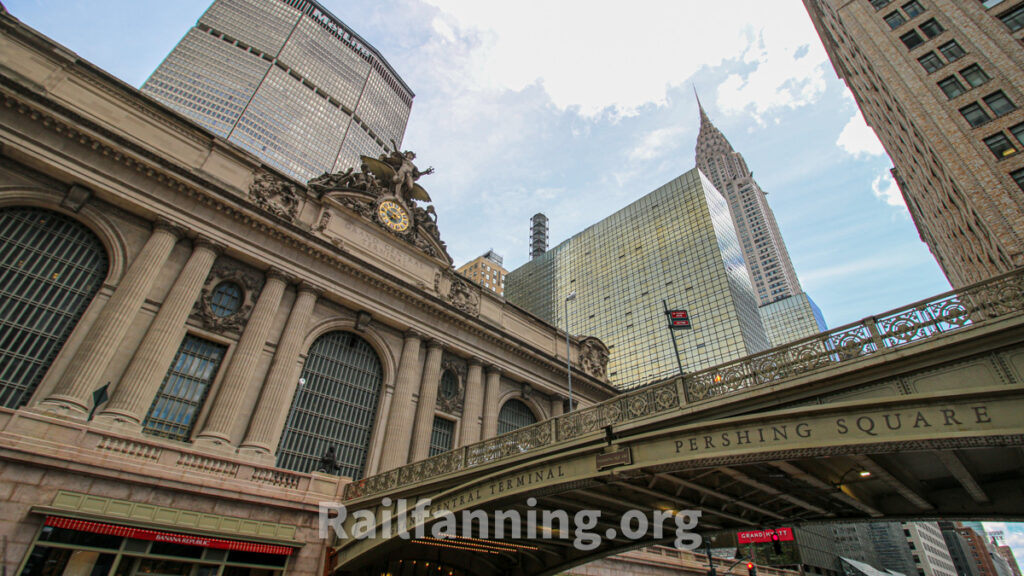
NEW YORK — Railroad history in New York City dates to April 25, 1831, when the initial portion of the New York & Harlem Railroad, the world’s first street railway, opened.
John Stephenson, who patented the United States’ first streetcar, designed the railroad, which opened in 1833 and was later part of the New York Central Railroad. Horses pulled the train’s carriages before the line was converted to steam in 1837 and eventually battery-powered Julien electric traction cars.
Following a string of deadly wrecks, New York lawmakers banned steam locomotives in Manhattan starting July 1, 1908.
Elevated Trains and Subways
In July 1868, the West Side and Yonkers Patent Railway opened, a line later known as the IRT Ninth Avenue Line. The cable-powered elevated railway connected Battery Place and Cortlandt Street and ran along Greenwich Street; it was later extended to the Harlem River at 155th Street.
The line was known for its “suicide curve” above 110th Street. The line’s southern portion closed on June 11, 1940, and its northern portion closed on August 31, 1958.
The city’s first underground line opened on October 27, 1904.
At the time of the first subway’s opening, the lines had consolidated into two privately owned systems: the Brooklyn Rapid Transit Company (BRT) and the Interborough Rapid Transit Company (IRT). The BRT was later the Brooklyn–Manhattan Transit Corporation (BMT).
The city-owned and operated Independent Subway System (IND) opened in 1932. It was designed to compete against private systems and replace some of the city’s elevated railways.
In 1940, the city began operating the privately operated systems.
Grand Central Terminal
In October 1871, Grand Central Depot opened on the site of a maintenance shed the Harlem Railroad built circa 1837.
The new station served the New York Central & Hudson River, New York & Harlem and New York & New Haven railroads. However, by 1897, the station, known as Grand Central Station by about 1900, was at capacity, and officials started planning for a replacement structure.
Work on a new Grand Central Terminal began in 1903. The new opened on February 2, 1913.
Pennsylvania Station
On November 27, 1910, the Pennsylvania Railroad formally opened its tunnels beneath the Hudson River and its new Pennsylvania Station, known colloquially as Penn Station. The Long Island Railroad also used the new station.
Work on the tunnels and station began in 1904, and workers would eventually raze roughly 500 buildings covering a 28-acre swath of land in the heart of Manhattan to build the massive new station.
The original Penn Station was demolished in the 1960s and replaced by the modern incarnation.
The new Moynihan Train Hall opened in the 1914 Farley Post Office building on January 1, 2021. It expands Penn Station.
